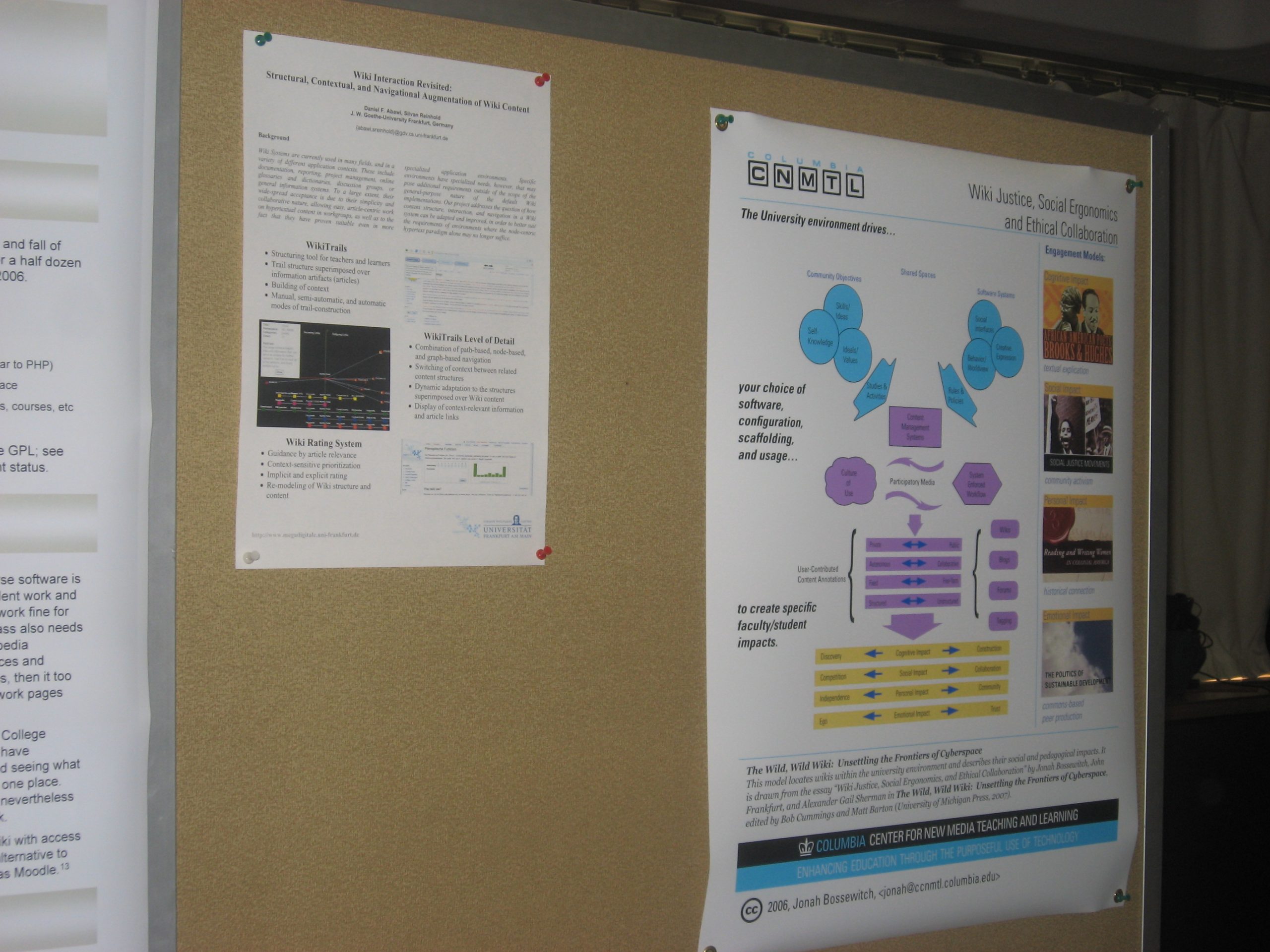Advantages And Disadvantages Of Quantitative And Qualitative Research
Research is a crucial means of making new discoveries and advancing knowledge. Whether you are a student, academic, or industry professional, understanding the different methods of research is essential. This article delves into the differences between quantitative and qualitative research, exploring their respective advantages and disadvantages.
What is Quantitative Research?
Quantitative research involves the systematic collection and analysis of numerical data. This type of research seeks to quantify variables and uses statistical methods to identify patterns, relationships, and causality. It is highly structured and relies on tools such as surveys, questionnaires, and polls. For example, a researcher might use quantitative methods to determine the number of female births in Nigeria by administering online surveys or polls to collect data.
Advantages of Quantitative Research
1. Reaching Accurate Conclusions
Quantitative research allows researchers to arrive at precise conclusions, regardless of the scale of the study. By focusing on numerical data, this method ensures accurate targeting and results.
2. Low Time Consumption
Compared to other methods, quantitative research can be less time-consuming. Structured surveys and data collection tools enable researchers to gather data quickly and efficiently.
3. Reliability
This type of research focuses on empirical data, making it more reliable. Unlike qualitative research, which can be influenced by subjective opinions, quantitative research provides objective and reproducible results.
4. Private Identity
Quantitative research often involves anonymous data collection, which protects the identity of respondents. This anonymity can lead to more honest and accurate responses.
5. Mobility
Researchers do not need to engage in face-to-face interactions, making it easier to gather data from diverse and widespread populations. Online surveys and digital tools facilitate data collection without geographic constraints.
Disadvantages of Quantitative Research
1. Changes in Society Can Affect Research
Societal changes can impact the relevance and accuracy of quantitative research. As opinions and behaviors evolve, previously collected data may become outdated or less applicable.
2. Focus on Numbers
Quantitative research is inherently numerical, which can be limiting. Some phenomena are difficult to quantify, and important qualitative nuances may be overlooked.
3. High Cost
Quantitative research can be expensive, particularly when large samples and advanced statistical analyses are required. High costs can be a barrier to conducting extensive quantitative studies.
What is Qualitative Research?
Qualitative research involves exploring methodologies through the collection of non-numerical data. This approach engages researchers in open-ended questions and in-depth interviews, allowing them to gain insights into participants’ experiences, opinions, and motivations. For instance, qualitative research might involve interviewing Nigerian mothers to understand their experiences with childbirth.
Advantages of Qualitative Research
1. Ability to Obtain Rich Data
Qualitative research enables researchers to gather rich, descriptive data. This method provides deep insights into case studies, cultural phenomena, and personal experiences.
2. In-Depth Examination
Due to its comprehensive nature, qualitative research allows for an in-depth examination of subjects on a larger scale. Researchers can explore complex issues in great detail.
3. Focus on Human Experiences
Qualitative research prioritizes human experiences and observations, offering a holistic understanding of the subject matter.
4. Flexibility in Questioning
Researchers can ask follow-up questions based on initial responses, allowing for a more dynamic and interactive data collection process.
5. Authentic Responses
Participants in qualitative research often provide authentic, unfiltered responses. This honesty enhances the accuracy and reliability of the data collected.
Disadvantages of Qualitative Research
1. Time-Consuming
Qualitative research is often time-consuming due to the extensive nature of data collection and analysis. Field notes, interviews, and observations require significant effort to compile and interpret.
2. Lack of Generalizability
The findings of qualitative research are not easily generalizable to the broader population. Each study tends to be unique and context-specific.
3. Potential for Bias
Researcher bias, whether conscious or unconscious, can influence the results. The subjective nature of qualitative research makes it vulnerable to personal interpretations.
4. Risk of Data Loss
Data may be lost or overlooked during the collection process, particularly if the researcher lacks experience. Managing and organizing large volumes of qualitative data can be challenging.
5. Need for Experienced Researchers
Conducting effective qualitative research requires experienced researchers with in-depth knowledge of the subject matter. Novice researchers may struggle to produce reliable results.
Frequently Asked Questions
1. Differentiate Between Qualitative and Quantitative Research?
Quantitative research involves the collection and analysis of numerical data to identify patterns and relationships. In contrast, qualitative research focuses on gathering descriptive, non-numerical data to gain insights into participants’ experiences and perspectives. For example, quantitative research might measure the weight of an object in kilograms, while qualitative research might explore people’s feelings about that object.
2. Is Population Data Qualitative or Quantitative?
Population data is typically quantitative, as it involves numerical counts and statistics about a group of individuals.
3. Is Date Data Qualitative?
Dates are considered qualitative data because they represent categorical information rather than numerical values. However, dates can be used in quantitative research when analyzed in terms of frequency, duration, or intervals.
4. Is Sampling a Quantitative Method?
Sampling is used in both quantitative and qualitative research. In quantitative research, sampling techniques are often based on probability theory to ensure representativeness. In qualitative research, sampling is typically purposive, aiming to select participants who can provide rich, detailed information.
5. What is a Qualitative Variable?
A qualitative variable, also known as a categorical variable, represents data that can be categorized based on characteristics or qualities, such as gender, ethnicity, or educational level.
Conclusion
Understanding the advantages and disadvantages of quantitative and qualitative research is essential for selecting the appropriate method for your study. Quantitative research offers accuracy, reliability, and efficiency but may overlook complex human experiences and be costly. On the other hand, qualitative research provides rich, detailed insights and focuses on human experiences, though it can be time-consuming and prone to bias. Both methods have their unique strengths and limitations, and often, the best approach involves integrating both to provide a comprehensive understanding of the research topic.



